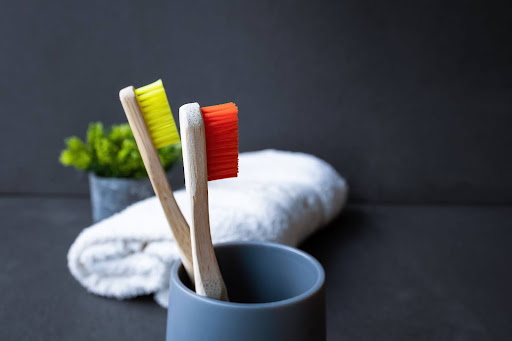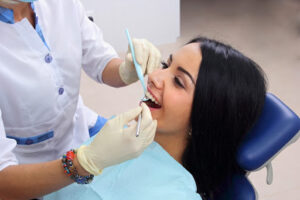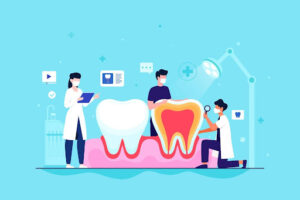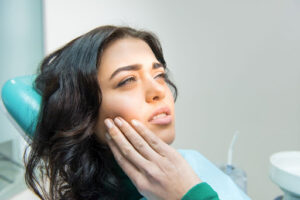A toothbrush may seem like a simple tool, but it plays a huge role in maintaining oral health. With so many choices in the market—manual, electric, soft bristles, medium bristles—it can be confusing to know which one is best. The right toothbrush helps prevent cavities, protects gums, and keeps teeth clean every day. For extra guidance, many people ask a dentist in San Antonio near me for personalized recommendations based on their dental needs.
Understanding why toothbrush choice matters
Not all toothbrushes clean the same way. Using the wrong type can harm your teeth and gums over time. For example:
- Hard bristles may damage enamel if used with too much pressure.
- Large brush heads often miss narrow spaces between teeth.
- Poor-quality handles may make brushing less effective.
Choosing the right toothbrush ensures plaque is removed properly without causing harm to sensitive areas of the mouth.
Manual toothbrush or electric: knowing the difference
Both manual and electric toothbrushes can clean teeth well, but they work differently.
- Manual toothbrushes: Affordable, portable, and effective when used with the correct brushing technique.
- Electric toothbrushes: Provide automatic motions that reduce the need for manual effort. They are especially useful for children, older adults, or anyone with limited mobility.
If used correctly, both options can support oral health. It’s more about preference, consistency, and proper technique than the device itself.
Bristle type: why softness is often recommended
One of the most important factors to consider is the bristle type. Dentists usually suggest soft bristles because:
- They clean effectively without harming enamel.
- They are gentle on sensitive gums.
- They prevent irritation that medium or hard bristles can sometimes cause.
Medium and hard bristles may only be recommended in special cases, and only with professional advice.
Toothbrush head size and shape
A toothbrush head should fit comfortably inside the mouth and reach all areas, including the back molars.
- Small or compact heads are best for children and people with smaller mouths.
- Larger heads may feel efficient but often miss tight spaces.
- Rounded shapes are gentler on gums, while angled heads help reach tricky corners.
The key is choosing a size that allows you to move around the mouth easily without straining.
Handle comfort and grip
The handle may seem less important than the bristles, but comfort makes a big difference.
- Non-slip grips prevent slipping during brushing.
- Flexible handles can help apply even pressure.
- Lightweight designs are easier for children and seniors.
If the handle feels awkward, brushing becomes less effective over time because people tend to cut brushing short.
Replacement matters as much as selection
Even the best toothbrush loses effectiveness after a few months. Overused brushes do not remove plaque properly and may irritate gums.
- Replace your toothbrush every three to four months.
- Change it sooner if bristles are bent, frayed, or stained.
- After recovering from an illness, switch to a fresh toothbrush to avoid reinfection.
Keeping track of replacement ensures your toothbrush continues to perform its role effectively.
Adding technology to brushing habits
Many modern toothbrushes come with features like timers, pressure sensors, and multiple cleaning modes.
- Timers encourage brushing for the dentist-recommended two minutes.
- Pressure sensors prevent over-brushing, which can damage enamel.
- Modes for sensitivity or whitening adapt brushing to specific needs.
These extras are not essential but can make brushing easier and more effective, especially for those who struggle with consistency.
Professional advice makes the choice easier
The best toothbrush is the one suited to individual needs, and sometimes, only a professional can point that out. A dentist in San Antonio near you can guide patients based on oral conditions like sensitivity, braces, or gum health. Instead of guessing in a store aisle, getting advice ensures you buy a toothbrush that genuinely benefits your dental health.
Building habits around the right toothbrush
Having the perfect toothbrush won’t help unless paired with proper habits.
- Brush twice daily for at least two minutes.
- Use gentle, circular motions instead of harsh scrubbing.
- Don’t forget to brush the tongue to reduce bacteria and bad breath.
- Pair brushing with flossing and rinsing for complete care.
The right toothbrush and consistent habits together provide the best defense against dental issues.
Long-term value of choosing correctly
A toothbrush is not just a purchase—it’s an investment in overall health. Poor dental care can lead to cavities, gum disease, and expensive treatments. On the other hand, the right toothbrush prevents problems before they begin. This simple daily tool protects your smile, supports confidence, and saves you from unnecessary dental discomfort.
Why expert advice matters for healthy smiles
While there are countless toothbrush options available, the best choice depends on personal needs. The material, shape, size, and features all matter, but professional input makes the decision easier. Asking a dentist in San Antonio near me ensures the toothbrush you select supports long-term oral health. SA Family Dentist continues to guide patients in making the right choices, helping them build habits that keep their teeth healthy and strong for years.






